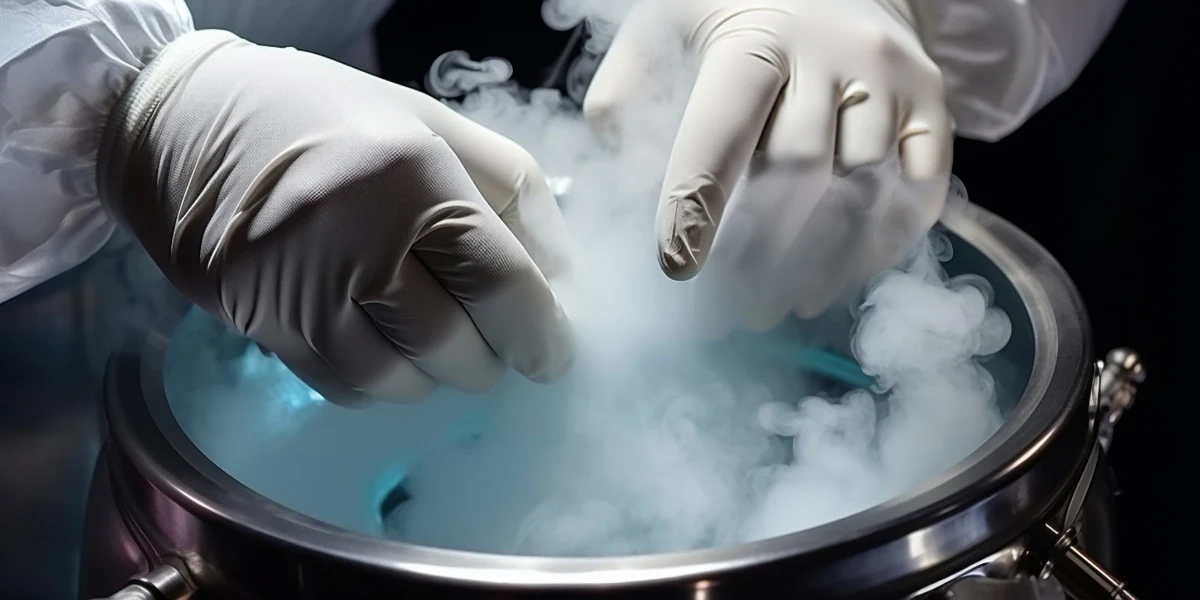Why has this substance become so crucial in processing metals and other materials?
How can it transform industrial applications? In the field of manufacturing, a unique
cooling agent has emerged as a vital component. It provides precise control over
temperature, allowing engineers to manage processes with greater efficiency.
Liquid nitrogen plays a pivotal role in many industries, offering significant advantages
in terms of cooling speed and versatility. It is widely utilised in various material
treatments, improving outcomes while reducing waste. Understanding how this
substance enhances metal and material processing can help identify its importance in
modern industry.
Cryogenic Hardening of Metals
Cryogenic hardening is a major application of this cooling medium. It helps improve the
strength and durability of metals by exposing them to extreme cold. This process helps
remove residual stresses, leading to higher wear resistance and improved toughness.
When metals are subjected to cryogenic temperatures, their structural properties
change, creating a more uniform and dense internal structure. This results in enhanced
longevity and reduced likelihood of breakage, making it particularly useful in the
aerospace and automotive sectors. It also allows components to withstand harsh
conditions, making them more reliable.
Thermal Shrinking for Tight Fitting
Using a cold agent for thermal shrinking ensures precision in fitting components. During
this process, metal parts are cooled, causing them to contract temporarily. This
contraction allows components to fit snugly into another part without applying excessive
force. Once they return to normal temperatures, the parts expand and form a secure
connection.
This approach offers high accuracy, reducing the need for adhesives or welding. It is
especially beneficial in the construction of pipelines, engines, and other machinery
where tight-fitting connections are necessary for performance and safety. The process
saves time and improves overall product integrity.
Safe Grinding and Cutting of Materials
This cooling medium also aids in the grinding and cutting of materials. Cooling
components during these processes prevents overheating and reduces the risk of
damage. The application of cold temperatures helps to maintain tool sharpness and
workpiece quality. Moreover, the rapid cooling prevents thermal cracks and distortions,
ensuring a smoother finish on the surface.
This cooling agent is highly effective when dealing with heat-sensitive materials like
plastics and composites. It reduces downtime, prolongs equipment life, and maintains
consistent production quality. This method improves safety, as lower temperatures help
mitigate the risk of fires or burns.
Effective Preservation of Material Properties
Preserving the natural characteristics of materials during processing is crucial. Rapid
temperature reduction can help maintain the properties of sensitive materials, ensuring
they retain their chemical and physical attributes. For instance, certain polymers can
degrade under high heat, affecting their performance.
Using a cold medium during processing prevents such degradation, ensuring materials
maintain their intended functionality. Additionally, it is often applied in the food industry
to preserve the integrity of products during packaging, freezing, and storage. This
technique helps retain texture, quality, and nutritional value, making it an effective tool in
a variety of sectors.
Enhanced Safety Measures in Industrial Operations
● It reduces the risk of fires and explosions in high-temperature environments.
● It maintains lower operating temperatures, improving the overall safety of
machinery.
● It decreases the emission of harmful vapours, ensuring cleaner and safer
working conditions.
Safety is a major concern in any industrial process, especially when dealing with metals
and materials. This cooling agent not only aids processing but also offers safety
benefits. By lowering temperatures, it helps maintain a safe working environment,
reducing risks associated with overheating, chemical reactions, and thermal burns.
Additionally, it helps control emissions, making processes more environmentally
friendly.
Liquid nitrogen has proven to be an essential component in metal and material
processing. Its role spans from improving the strength of components to maintaining
safety and efficiency in production lines. Its benefits are diverse, making it indispensable
across various industries.

Greetings! I’m jordan, the proud Owner of Tipstechscroll. With 7 years of experience in SEO, I’m passionate about aiding businesses in their online growth journey. My expertise lies in crafting content that resonates with search engines while ensuring visibility to the intended audience. By staying abreast of the ever-evolving SEO landscape, I alleviate the burden for my clients, ensuring their online presence remains optimized. My goal is to impart my knowledge and empower others to thrive in the digital realm.

